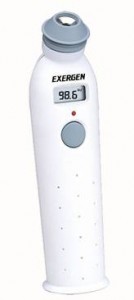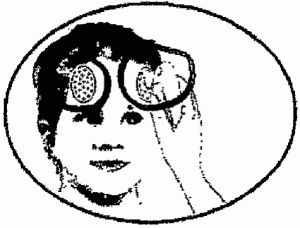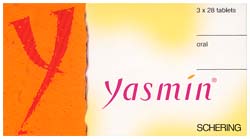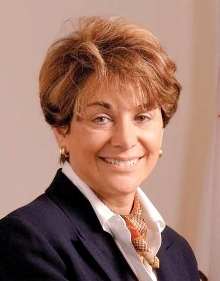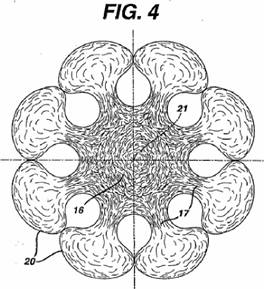(Prepared Remarks)
David Kappos
Swearing In Ceremony
August 13, 2009
USPTO
Thank you Secretary Locke for your support, for joining today and for your focus on the USPTO and the American IP system.
I also want to thank President Obama for appointing me to this position.
And thanks to all of you who came out today during your lunch hour to participate in this event. What a wonderful welcome!
I also want to thank the senior management team at the USPTO, particularly for their leadership during a time of great challenges for the agency. And I especially thank John Doll for his service leading the agency for the latest 7 months.
Thanks, also, to the former directors who are here today. I look forward to working with you in my new capacity.
Finally, I want to thank my wife, Leslie, and friends joining today for their support and encouragement. I’m very thankful you could be here. I am tremendously pleased and honored to be joining your team at the USPTO.
As a longtime patent practitioner and trademark advisor, I understand both the importance and the difficulty of the work done by USPTO employees.
I have some understanding—and will be learning a lot more in the coming months—about the challenges, and indeed the impediments, you face in doing your jobs.
My pledge to you is that I will listen, and I will work with every single USPTO employee as part of your team to understand these issues and address them so that you can reach your maximum effectiveness and achieve everything you want in your careers.
For example, I know many of you have concerns about the count system. We’re going to address the count system.
I know many of you who telework or want to telework have concerns about travel requirements We’re going to address that issue. This is a Trademarks issue; it is a Patents issue; it’s an agency issue.
I know many of you are concerned about the time your managers are able to spend helping you learn the refinements of the patent laws and guiding you in applying 35USC, 37CFR and the MPEP in your work. We’re going to address those issues too.
I also recognize that Trademarks has very different challenges from Patents as Trademarks seeks to maintain its low pendency and high quality while retaining its highly skilled employees in a time when application filings have been decreasing.
The list goes on and on, as you all know better than I do. I’m here to address the whole list.
Let me reiterate—I’m HERE to address YOUR issues.
Secretary Locke has asked me to devote my personal attention to improving—and indeed remaking in some areas—the operations of the USPTO so that you can succeed at doing high-quality work, so that – in turn – we can succeed at serving the best interests of our country.
This will include reducing the backlog of unexamined patent applications, cutting pendency dramatically, working off the mounting appeals backlog and improving re-exam processing—all while maintaining high quality standards.
To meet Secretary Locke’s direction to me, I will be HERE at the USPTO. I will minimize overseas travel, and focus domestic travel on listening to the U.S. innovation community and discussing our agenda with them.
Most importantly, I plan to focus my energies on understanding issues here at the USPTO and addressing them aggressively.
There’s one other specific point I’d like to address before concluding–Our financial condition at the USPTO and its impact on you.
2009 has been a very tough year for the USPTO financially, as it has been for our country generally.
2010 is also likely to be difficult; it certainly will start that way.
I’m going to make a very high priority of moving the USPTO to more sustainable footing both in the short term—fiscal year 2010—and in the longer term.
Nobody wants to put USPTO employees in a position of worrying about job security.
And despite the swift and effective work that was recently done to make Trademark funds available on a loan basis to the Patent team—nobody wants to actually USE that authority if there is a way to avoid it.
It is my job not only to ensure that you have the resources needed to do your jobs, but also to ensure the USPTO is placed on a financial footing that ensures resources will be available in future years so that your work and the mission of the Office is not vulnerable to economic cycles.
So to conclude:
Thank you for taking time on your lunch hour to listen today. I’m tremendously pleased to be joining your team. I’m committed to making changes to help you propel your work and your careers. And, finally, I look forward to meeting each of you and working with you to advance our mission on behalf of the American people. Thank you and have a great afternoon.


